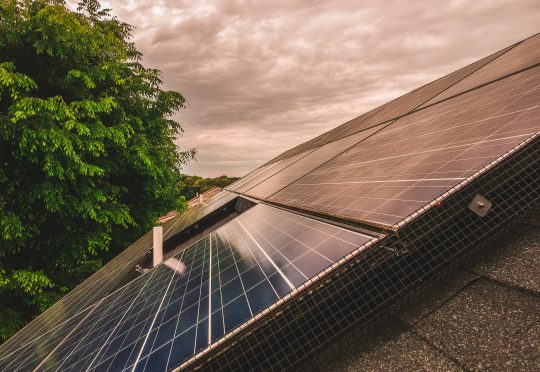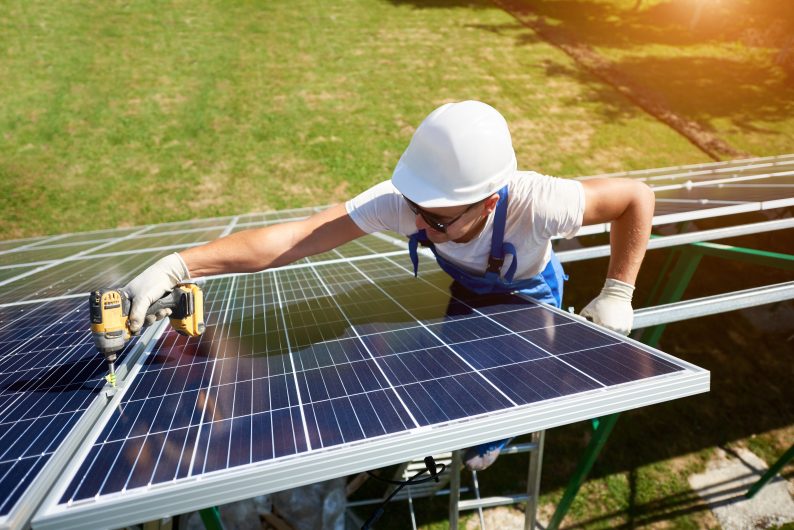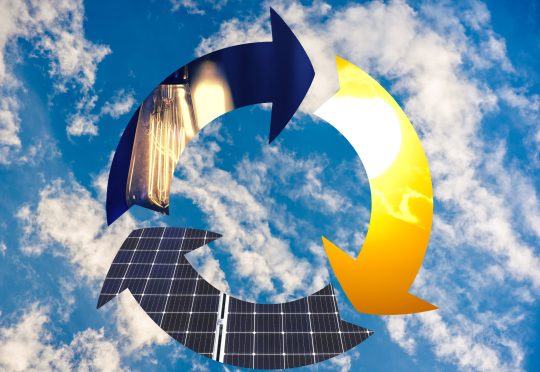
Now that you’ve chosen to bring solar energy to your home, it’s time to get prepared for installation. Working with a professional contractor is essential so they can assess each house’s individual features and ensure everything runs smoothly throughout the setup process. We’re here to walk you through what comes next. Get tips on each phase of setting up solar energy in order to be prepared every step of the way.
The Installation Process
Solar power is an excellent way to reduce energy costs and ensure your home has access to renewable energy. To take advantage of solar, it’s important that you understand the installation process from start to finish. This includes calculating needs, designing the layout of the system, and getting permits. Every step is crucial for a successful outcome so familiarize yourself with what each stage entails as you prepare.
1. Site Assessment
In order to determine the ideal position for solar panels, a solar installer will inspect your property and assess its suitability for solar energy. During the evaluation, they will consider various factors like orientation of roof, shading, and structural stability.
2. Design and Permitting
Following the site assessment, the solar installer will create a custom plan for your system that aligns with your energy requirements. Once the site assessment is complete, the install can proceed with designing the system and securing all necessary permits.
3. Installation
To install the solar panel system, the installer will mount the panels on either your roof or a ground-mounted system. The inverter, wiring and other crucial components will also be included.
4. Inspection and Interconnection
Once the solar panels are installed, the installer will typically arrange for a final inspection to ensure that the system is up to code. The installer will also arrange for the system to be connected to the grid or to a battery backup system, if applicable.
5. Activation
Finally, your solar system will be activated, and you can start using the energy it produces to power your home or property. Your installer will also provide guidelines for monitoring your system’s performance and addressing any problems that may occur.
Installing a solar system for your home or business may seem daunting, but it doesn’t have to be! A team of experienced professionals can guide you through the process and ensure everything is completed efficiently. Regulations, utility requirements, and the size and complexity of your individual set up will all play a role in determining how long installation takes.
Installation Factors
1. Location
The sun is an essential resource for powering your home with solar energy – the brighter and more consistent the sunshine, the better! Areas with more sunny days like Arizona and California offer optimal conditions to install systems, while those in shadier regions may require additional modifications before they can benefit from this energy source.
2. Roof Type and Condition
If you’re interested in solar panels, don’t overlook your roof. Its shape and condition can play an important role in the installation process. For example, flat rooftops may require specialized mounting supplies for stability – while older or worn roofs should receive some maintenance before committing to solar energy.
3. Shading
Get the most out of your solar system by ensuring its location is free from obstruction. Trees, buildings and other structures casting shade can severely lower performance during peak sunlight hours
4. System Size
Your solar system should be tailored to your specific needs. Consider the amount of energy you need, how much sunlight your property receives, and what space is available for installation when deciding on a size. Though larger systems can generate more electricity, they often come with higher upfront costs
5. Incentives and Rebates
By switching to solar, you could be eligible for financial rewards in addition to energy savings. Many local and state governments offer rebates that can significantly reduce the cost of installing a system. Be sure to check what beneficial incentives are available in your area.


